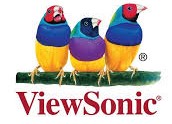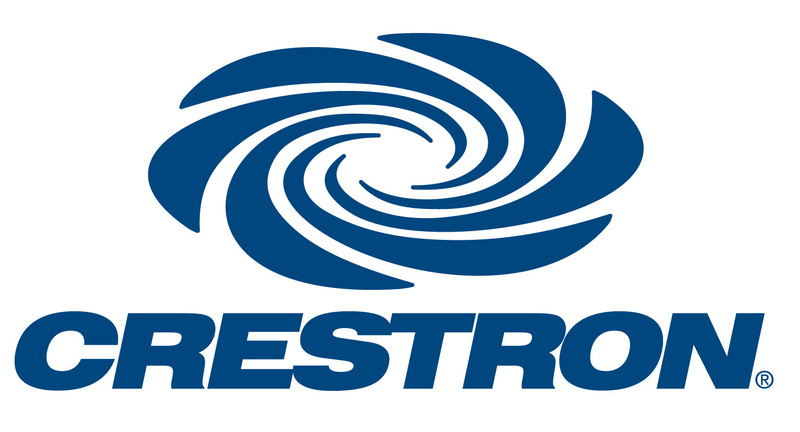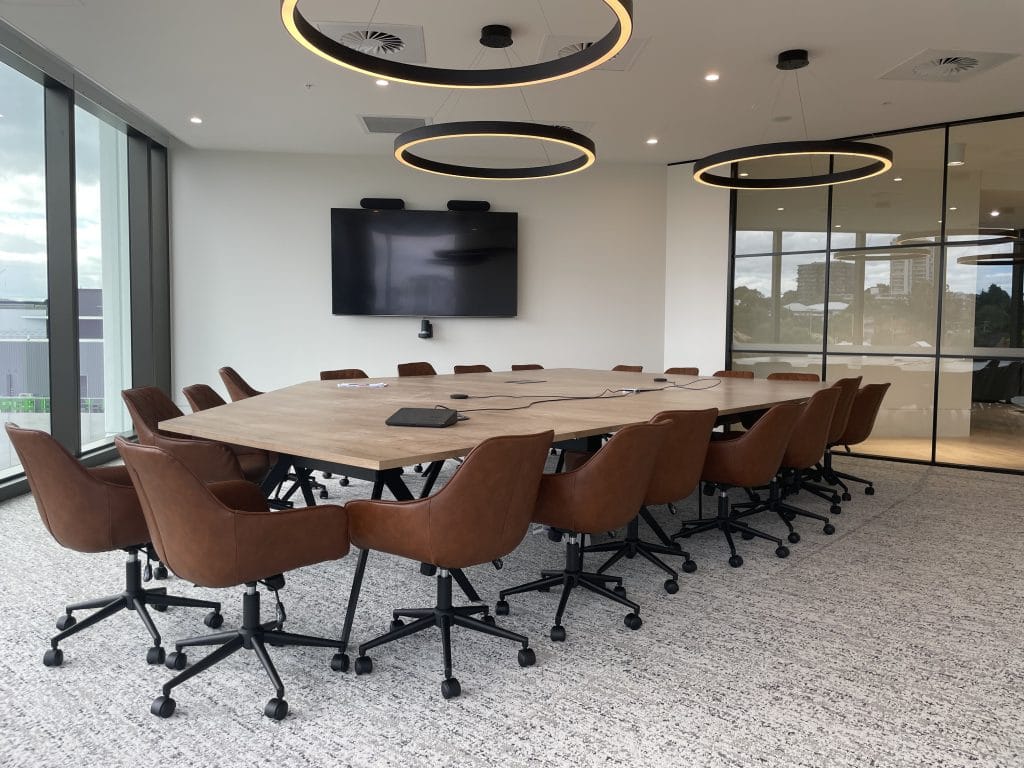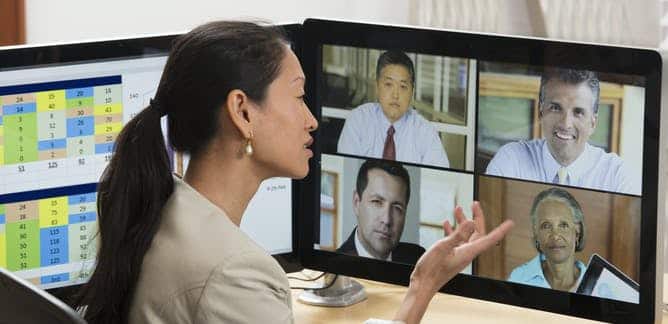- Home
- About Us
- Shop by Brands
- Solutions
- Product Categories
- Professional Services
- Make an Enquiry
- Our Blog
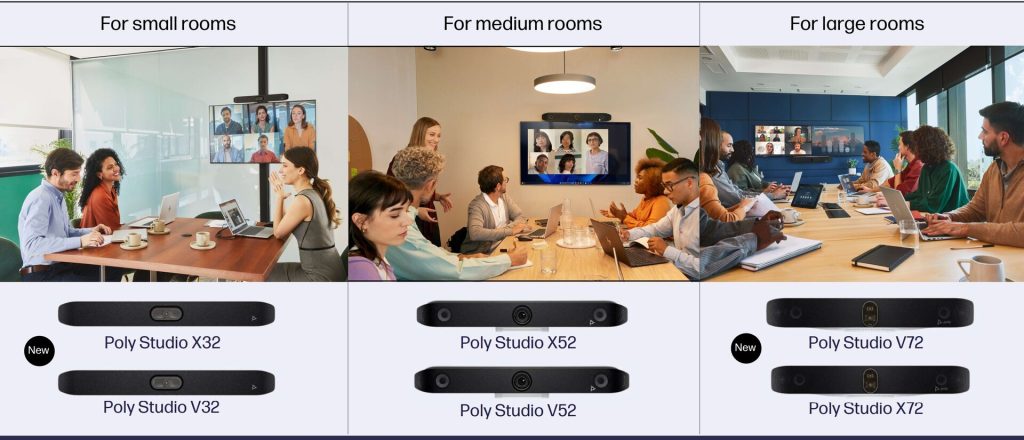 Blog
BlogNEW Poly V12, X32, V32 & V72 Premium USB video bars for Small, medium, & Large conference spaces
Read More »NEW Poly V12, X32, V32 & V72 Premium USB
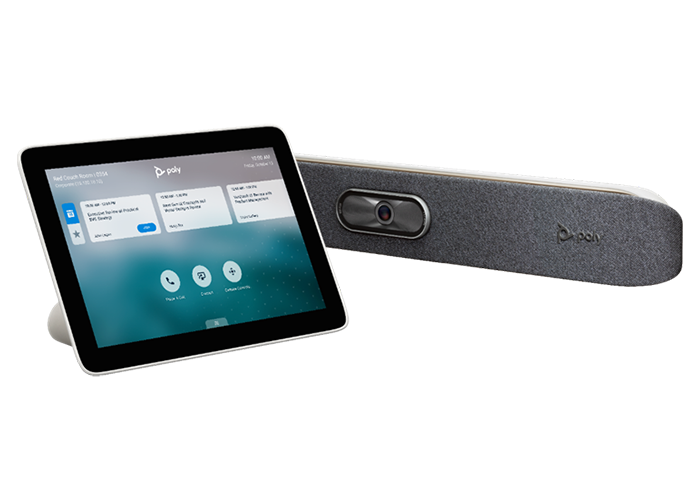 Blog
Blog50% Discount ! Going Fast Poly Studio X30 + TC8 Controller
Read More »50% Discount ! Going Fast Poly Studio X30 + TC8
 Blog
BlogJabra PanaCast 50 Video Bar System with Touch Controller Discounted 30%
Read More »Limited Time 30% discount on the Jabra PanaCast 50 Video
 Blog
BlogMAXHUB XBoard V7 Series for Microsoft Teams Enjoy secure, seamless collaboration and superior video conferencing with our premium all in one interactive display.
Read More »ALL-IN-ONE WINDOWS-BASED INTERACTIVE FLAT PANEL POWERED BY MAXHUB OS The
Sign Up For Our Newsletter to Receive Regular Specials!
Don't worry we won't spam you. When you sign up to our monthly newsletter you get access to special discounts and product announcements. Plus you can opt out anytime!






